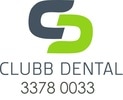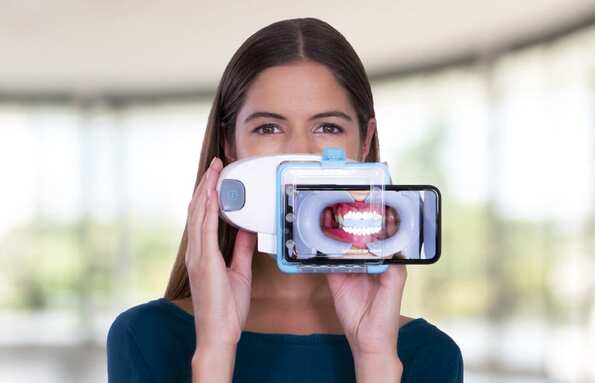ARTIFICIAL INTELLEGENCE (AI) IN DENTISTRY
The Terminator movies showed us what could happen if (or when) machines took over in the future.
It would require the machines or computers to develop artificial intelligence and develop the skills to learn and problem solve by gathering large amounts of data.
Robots are not ready to take over from dentist's just yet ... but we are using some clever AI systems to help improve the precision of diagnosis, treatment planning and treatment result prediction.
One of the advantages of using AI in dentistry means that you will need to visit the dentist less!
One of the areas we are using AI technology is in orthodontic monitoring.
It would require the machines or computers to develop artificial intelligence and develop the skills to learn and problem solve by gathering large amounts of data.
Robots are not ready to take over from dentist's just yet ... but we are using some clever AI systems to help improve the precision of diagnosis, treatment planning and treatment result prediction.
One of the advantages of using AI in dentistry means that you will need to visit the dentist less!
One of the areas we are using AI technology is in orthodontic monitoring.
AI in Orthodontics
Traditionally when you have orthodontic treatments it requires many trips to the dentist to check how aligners are fitting and to see if you are ready to move onto the next set of aligners.
These appointments can occur every 2 weeks and who has time for that?
Using Artificial Intelligence (AI) this allows is to monitor your orthodontic treatment without you leaving home.
These appointments can occur every 2 weeks and who has time for that?
Using Artificial Intelligence (AI) this allows is to monitor your orthodontic treatment without you leaving home.
How does it work?
You send in photos of your teeth from the comfort of your own home using a specialised device.
These photos are then reviewed by your dentist to ensure that everything is on track.
We then send messages to let you know what needs to happen next for your dental treatment.
You come in only when necessary, not just for a fortnightly review.
We can also use this technology to make a time lapse video that show your progress and how much has changed as you move towards your goals.
It can also show you how you will look at the end of your treatment
These photos are then reviewed by your dentist to ensure that everything is on track.
We then send messages to let you know what needs to happen next for your dental treatment.
You come in only when necessary, not just for a fortnightly review.
We can also use this technology to make a time lapse video that show your progress and how much has changed as you move towards your goals.
It can also show you how you will look at the end of your treatment
Advantages
🍏 Faster results as your progress is monitored more often
🍏 Less dental appointments
🍏 Only schedule dental appointments when you need them
🍏 See your progress
🍏 See what the end result will be - even before you start
🍏 Less dental appointments
🍏 Only schedule dental appointments when you need them
🍏 See your progress
🍏 See what the end result will be - even before you start
What next?
AI will not replace a dentist anytime soon.
I am not sure I would want a robot drilling a tooth in my mouth just yet.
Using Artificial Intelligence in dentistry is a large, complex and quickly developing area.
Developing areas include:
Programs to reading xrays giving second opinions to dentists.
Tying electric toothbrush use to areas at risk of decay in the mouth.
Designing replacement teeth to better mimic any tooth that is lost due to an accident.
Using photos to diagnose dental problems at home.
I am not sure I would want a robot drilling a tooth in my mouth just yet.
Using Artificial Intelligence in dentistry is a large, complex and quickly developing area.
Developing areas include:
Programs to reading xrays giving second opinions to dentists.
Tying electric toothbrush use to areas at risk of decay in the mouth.
Designing replacement teeth to better mimic any tooth that is lost due to an accident.
Using photos to diagnose dental problems at home.
If you have any further questions regarding Artificial Intelligence and it's use in Orthodontic treatments or any other dental question please give us a call or send us a message, we would love to help.
If you have loved this blog and would like to receive more straight into your inbox click below.
Services |
Company |
|







